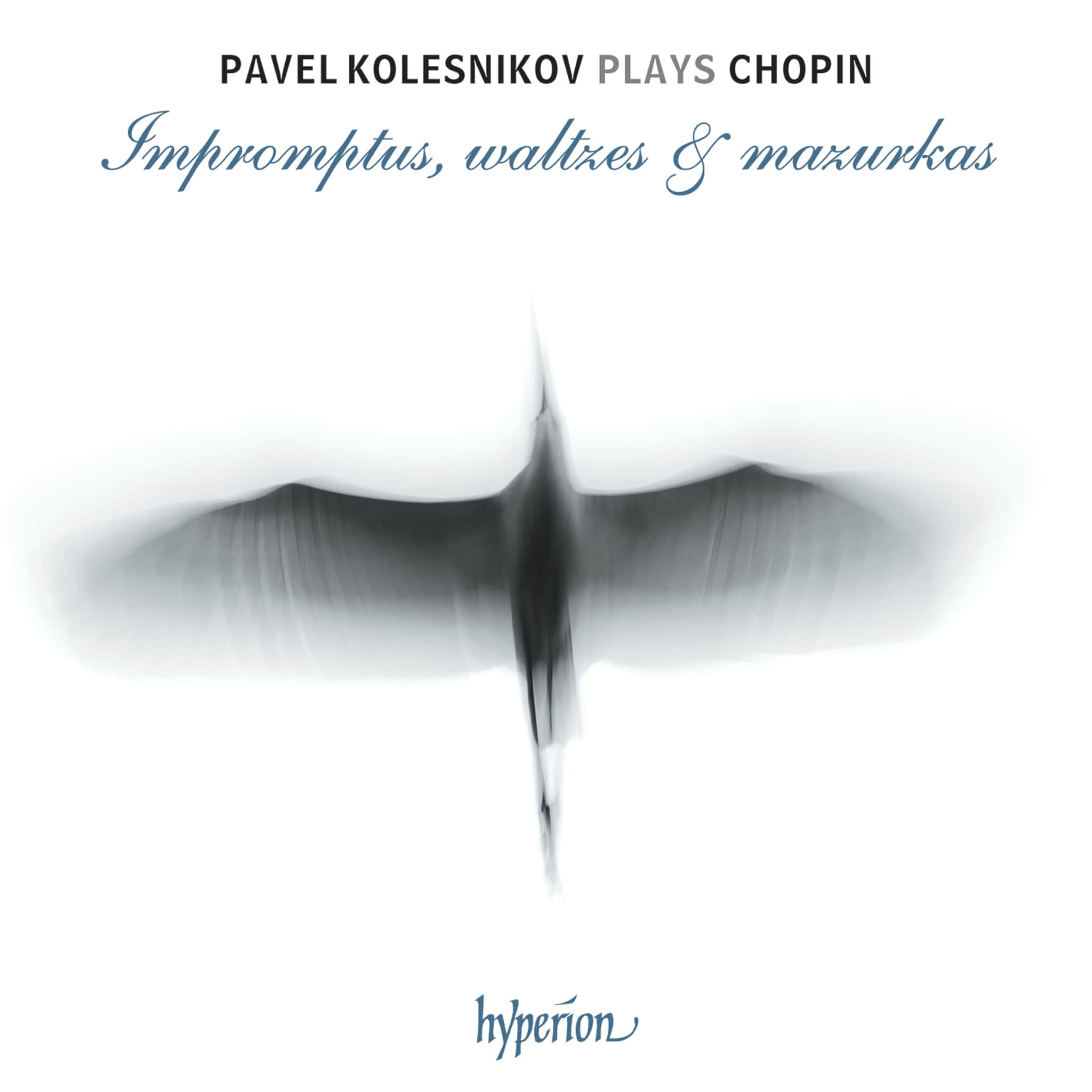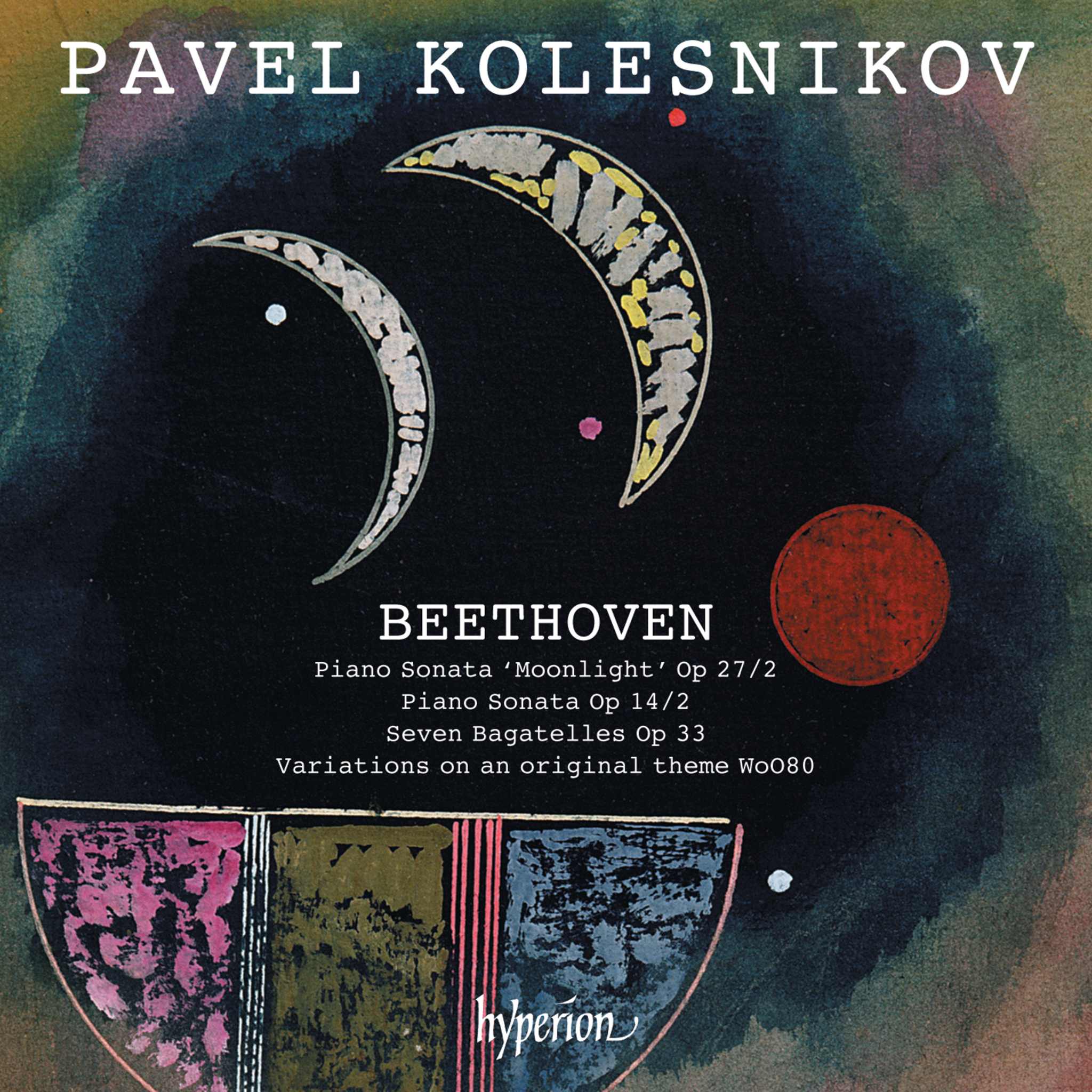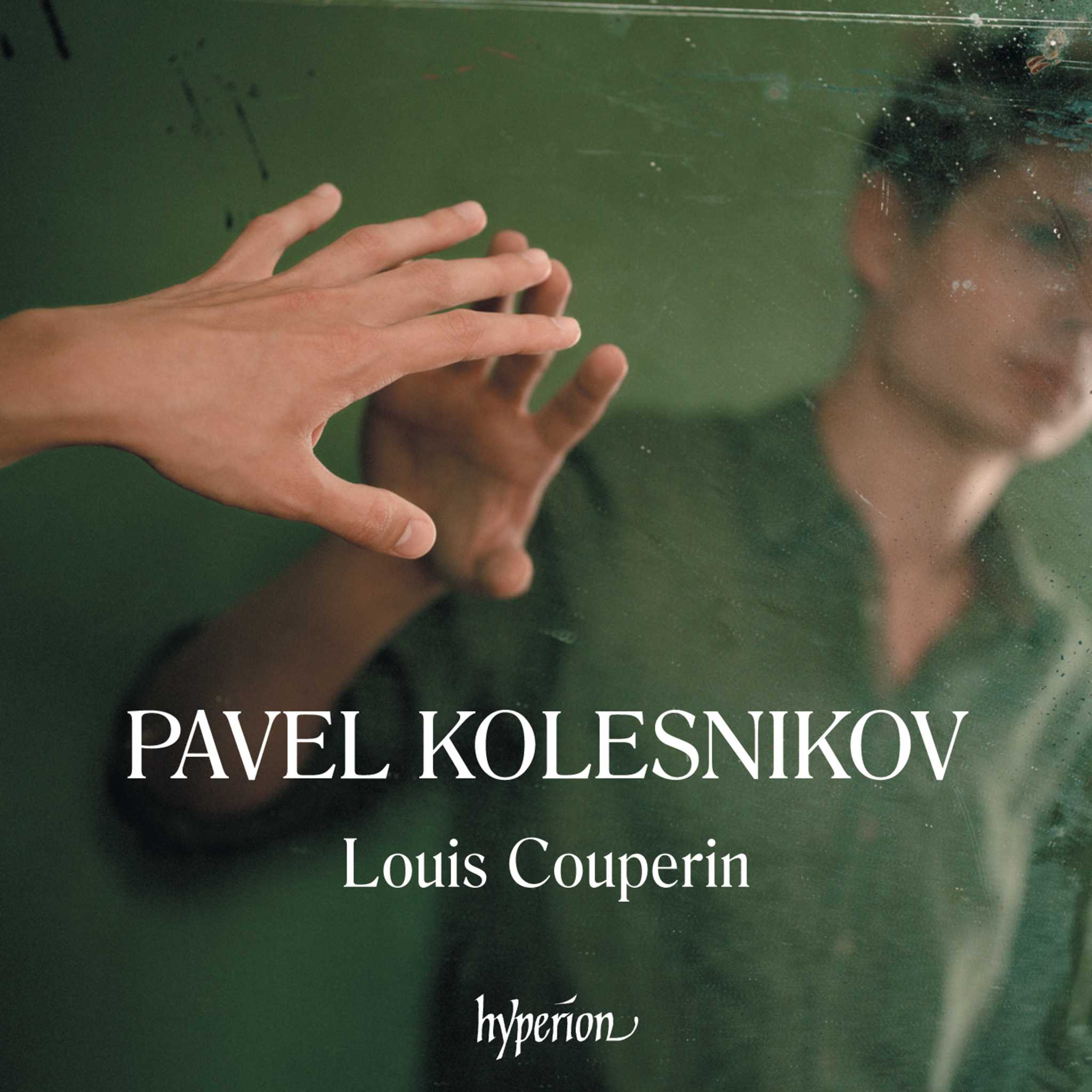Album insights
Born in Dijon in 1683, Jean-Philippe Rameau was the seventh of eleven children, with only four surviving childhood. Unlike Bach and Couperin, Rameau's father introduced him to music at a young age, shaping his future in the Jesuit school. Rameau left school without formal education, but a love interest motivated him to refine his French grammar. A strong attachment to opera emerged at the age of twelve.
At eighteen, Rameau visited Italy briefly, later regretting not staying longer. He then journeyed through provincial churches, briefly holding positions before moving on. In Clermont, a musical protest led to his departure. Settling in Paris at forty, he spent the rest of his life composing, notably his renowned operas and ballets. Rameau's compositions evolved over time, with his theoretical writings and critical analyses gaining recognition later on.
Married to Marie-Louise Mangot at twenty, their family grew to four children. Despite his reserved nature, Rameau's musical genius blossomed into profound works like his Clavecin pieces. His prominence as a dramatic composer soared, revealing a blend of intellect, passion, and sensitivity in creating music that spoke to the heart.
Rameau's reputation continued to prosper through his later suites, with a distinctive focus on technical mastery and deep emotional expression. He became a leading figure in the musical world, breaking conventions and astonishing listeners with his innovative compositions. Rameau's legacy endures through his intricate compositions, revealing a masterful blend of creativity and technical virtuosity that continues to captivate audiences today.






